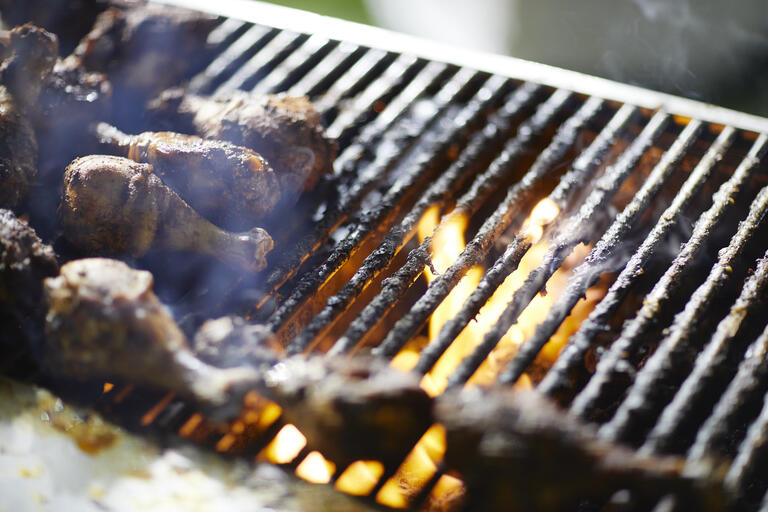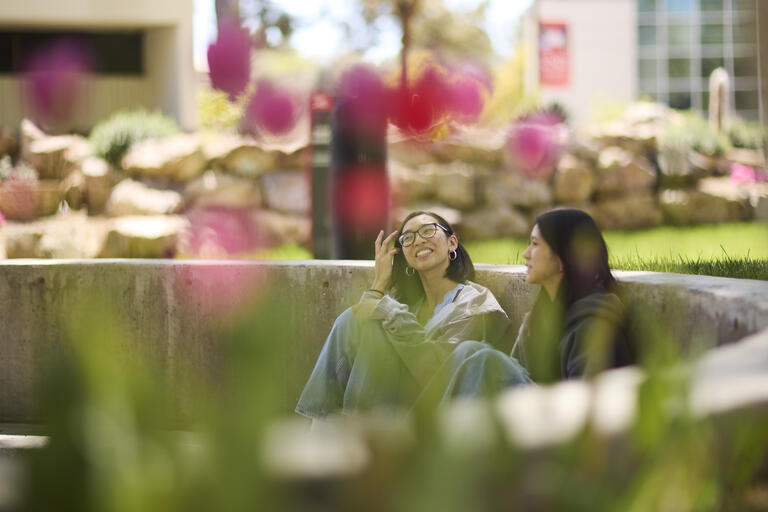For media inquiries, visit the Office of Media Relations website or call 702-895-3102.
Newsletter Subscription
Want to see how UNLV is covered in national and local media outlets? Subscribe to the Office of Media Relations' "UNLV In The News" newsletter for top headlines. It is emailed to subscribers on weekdays. Submit the form below to subscribe.
Finding fossil footprints at the Grand Canyon isn't particularly unusual. The expansive stretch of red rock is home to an array of formations containing preserved remains of the past.

As the clock winds down to the official start of school for most Clark County School District families, the topic of immunizations during COVID-19 is being raised.

The Nevada Legislature wrapped up a second and controversial special session in the first part of August and conducted some of the most sensitive and pressing business well after business hours and while many people were sleeping.
Visit the Las Vegas Strip and things may feel different.

"Racism and Nursing" with Angela Amar, Dean at UNLV School of Nursing and Minnie Wood, Lecturer/Clinical Instructor at UNLV School of Nursing. Hosted by Doris Bauer, President of the Philippine Nurses Association of Nevada - PNANV.

Monday marks the beginning of what will be a new, and very different school year for the Clark County School District, as it will begin from a distance.

For weeks, Las Vegas casino operators have been testing thousands of employees for Covid-19 as a matter of policy. However, they are not required to share the results with the public. Not surprisingly, not one had volunteered to do so.

Glycerol, used in the past as antifreeze for cars, is produced by a range of organisms from yeasts to vertebrates, some of which use it as an osmoprotectant—a molecule that prevents dangerous water loss in salty environments—while others use it as an antifreeze. Here, scientists from the University of Nevada and Miami University in Ohio show that two species of the single-celled green algae Chlamydomonas from Antarctica, called UWO241 and ICE-MDV, produce high levels of glycerol to protect them from osmotic water loss, and possibly also from freezing injury. Presently, only one other organism, an Arctic fish, is known to use glycerol for both purposes. Both species synthesize glycerol with enzymes encoded by multiple copies of a recently discovered ancient gene family. These results, published today in the open-access journal Frontiers in Plant Science, illustrate the importance of adaptations that allow life to not only survive but to thrive in extreme habitats.
Glycerol, used in the past as antifreeze for cars, is produced by a range of organisms from yeasts to vertebrates, some of which use it as an osmoprotectant - a molecule that prevents dangerous water loss in salty environments - while others use it as an antifreeze. Here, scientists from the University of Nevada and Miami University in Ohio show that two species of the single-celled green algae Chlamydomonas from Antarctica, called UWO241 and ICE-MDV, produce high levels of glycerol to protect them from osmotic water loss, and possibly also from freezing injury. Presently, only one other organism, an Arctic fish, is known to use glycerol for both purposes. Both species synthesize glycerol with enzymes encoded by multiple copies of a recently discovered ancient gene family. These results, published today in the open-access journal Frontiers in Plant Science, illustrate the importance of adaptations that allow life to not only survive but to thrive in extreme habitats.
You Might Also Like

UNLV Newsmakers 2024: May & June
News highlights featuring UNLV students and staff who made (refreshing) waves in the headlines.
UNLV Newsmakers 2024: April
News highlights starring UNLV students and faculty who made local and national headlines.